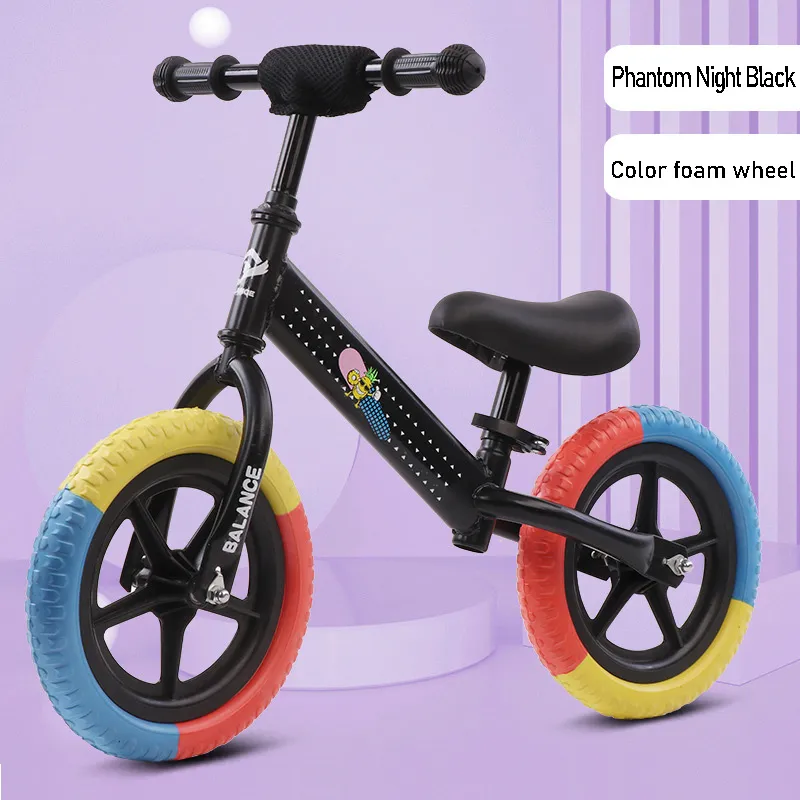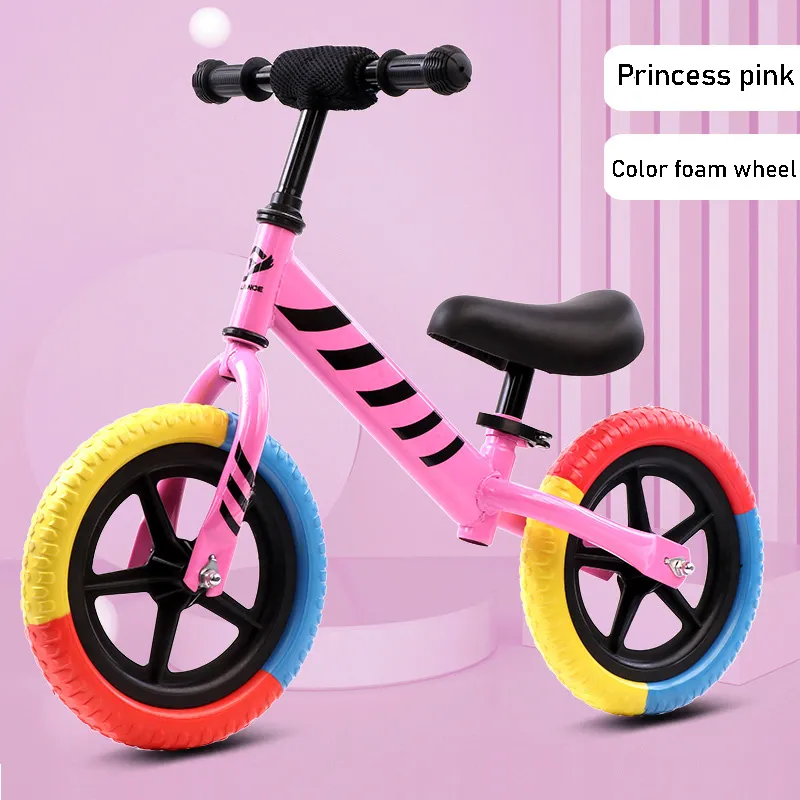Oct . 27, 2025 13:00 Back to list
Electric Balance Car - Safe, Long-Range, App-Controlled
What Parents (and Buyers) Should Know About the Electric Balance Car Category
The kids’ rideables market is moving fast. To be honest, the line between a traditional balance bike and a Electric Balance Car (think hoverboard or powered self-balancer) keeps blurring at retail. For early riders though—18 to 48 months—lightweight, pedal-free models still rule. I spent a week with the Children′s Balance Car Pedal-Free 12-Inch Scooter 2-6-8 Years Old 14-Inch Baby Toddler Bike Children′s Toys, and it reminded me why “simple” often wins: low weight, stable geometry, integrated carry handle; parents love that last bit when nap time suddenly hits.

Market Trends and Where This Fits
Globally, micromobility is maturing: powered Electric Balance Car devices surge with urban teens, while daycares and kindergartens stick with non-electric balance bikes for safety and skill-building. Retail buyers tell me sub-3.5 kg frames, tool-free seat adjustment, and compliant materials (low VOC paints, EN 71/ASTM safe) are “must-haves.” Surprisingly, customization—frame colors and logo prints—often clinches bulk orders.

Key Specs (Example Configuration)
| Product | Children′s Balance Car Pedal-Free 12-Inch Scooter 2-6-8 Years Old 14-Inch Baby Toddler Bike Children′s Toys |
| Origin | China |
| Frame | Lightweight alloy or magnesium-one piece (≈ 2.7–3.4 kg bike weight; real-world use may vary) |
| Wheel Size | 12-inch standard; optional 14-inch for taller riders |
| Tires | EVA foam (no-flat) or pneumatic 12×2.125, ball bearings ABEC-5 ≈ |
| Seat/Bar Adjust | Tool-free, seat height ≈ 30–46 cm; handlebar width ≈ 38–42 cm |
| Handle | Integrated carry handle for quick transport |
| Certifications | EN 71-1/2/3, ASTM F963; CPC/CE ready; materials RoHS compliant ≈ |

Process Flow, Testing, and Service Life
Materials: 6061-T6 alloy or magnesium casting; PP/TPR grips; EVA or rubber tires. Methods: CNC head-tube boring, TIG welding or die-casting, shot blasting, powder coating (80–100 μm), final assembly and torque audit. QC/Testing: drop test (≥ 10 drops @ 50 cm), fatigue test (≥ 50,000 cycles frame/steering), salt-spray on hardware (≥ 24–48 h), chemical migration per EN 71-3, small-parts and sharp-edge checks (ASTM F963). Service life: around 3–5 years in typical family use; rental fleets report 18–24 months heavy-duty with periodic bearing swaps.
Where It’s Used (+ feedback)
Family driveways, kindergartens, indoor play parks, balance classes. One retailer told me, “parents choose the non-powered model over a Electric Balance Car for ages under four—less fuss, more skill.” Daycare pilot in Shenzhen saw a 32% faster transition to pedal bikes after 8 weeks (small sample, but still nice to see).

Vendor Comparison (Buyer Notes)
| Vendor | Yanline Bike | Importer A | Boutique EU Brand |
| MOQ | ≈ 200 units | ≈ 500 | ≈ 50–100 |
| Lead Time | 25–35 days | 45–60 days | 20–30 days |
| Customization | Color/logo, tire type, carton art | Limited colors | High, higher price |
| Cert Support | EN 71 / ASTM packs | Basic DoC | Full lab portfolio |
| Price Band | Value | Low | Premium |

Customization Options
Common requests: Pantone-matched frames, foam vs pneumatic tires, adjustable seat posts, optional rear hand brake (for 14” models), eco-packaging, and QR manuals. If you’re also stocking powered Electric Balance Car devices, ask suppliers for UL 2272 documentation for electrical systems—it matters in North America.
Bottom Line
For toddlers, a well-built balance bike beats a powered Electric Balance Car on safety, learning curve, and maintenance. This model hits the sweet spot: light, portable, standards-aware, and easy to customize for retail programs. Many customers say their kids skip training wheels entirely—hard to argue with that.
Citations
[1] ASTM F963 – Standard Consumer Safety Specification for Toy Safety
[2] EN 71-1/2/3 – Safety of Toys (Mechanical/Flammability/Chemical)
[3] UL 2272 – Electrical Systems for Personal E-Mobility Devices (hoverboards/Electric Balance Car)
[4] U.S. CPSC Toy Safety Guidance (CFR Title 16, parts 1250+)
[5] ISO 4210-2 – Safety requirements for bicycles (reference for durability)
-
Electric Scrambler Bike – The Stylish, Sustainable Ride for Modern Life
NewsNov.18,2025
-
Discover the Benefits and Future of Go Electric Bikes | Yanline Bike
NewsNov.17,2025
-
Discover the Benefits and Innovations of the ebike pedelec | Efficient Urban Mobility Solutions
NewsNov.15,2025
-
Swytch Bikes: The Future of Eco-Friendly Urban Mobility | Conversion Kits Review
NewsNov.15,2025
-
Batch Ebike: Revolutionizing Sustainable Urban Transport
NewsNov.15,2025
-
Understanding the e Bike Adapter: Essential Tech for Modern Riders
NewsNov.14,2025
-
Advanced eBikes: Revolutionizing Industrial Mobility
NewsNov.14,2025




